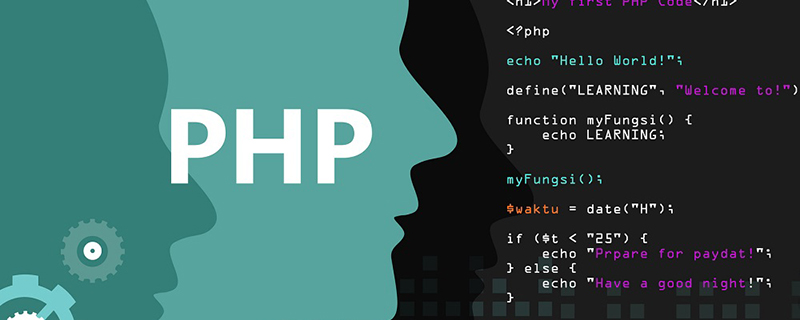Home > Article > Backend Development > How to replace the plus sign in php
How to replace the plus sign in php: 1. Open the corresponding code file; 2. Replace the plus sign through the "data.replace(/\ /g, "+");" method.

#The operating environment of this article: Windows 7 system, PHP version 7.4, Dell G3 computer.
php How to replace the plus sign?
Plus processing of the get method in php:
1. The method of online search is as follows:
Use the get method, in the parameters When there is " ", it needs to be processed, otherwise it will become a space in the background
Solution:
1. Use the post method instead, ok
2, use url = encodeURI(encodeURI(XXX)) in js
3, convert the plus sign in the parameter datadata = data.replace(/\ /g, “+”);
(Steps 2 and 3 can be combined into one step encodeURIComponent(encodeURIComponent(xxxx)) )
4. PHP accepts using rawurldecode to decode the background again, ok
2. Add a method (replacement method) by yourself. In fact, it is not that troublesome. First, understand the composition of base64:
In MIME format emails, base64 can be used to encode binary byte sequence data into text composed of ASCII character sequences. When used, specify base64 in the transfer encoding method.
The characters used include 26 uppercase and lowercase letters, plus 10 numbers, plus sign " ", slash "/", a total of 64 characters, and the equal sign "=" is used as a suffix .
So before transmitting the string base64, you can replace the " " sign with "_", "|", etc., and then replace it when another page receives it (str_replace) . Finally, decode the replaced base64. ok
Recommended learning: "PHP Video Tutorial"
The above is the detailed content of How to replace the plus sign in php. For more information, please follow other related articles on the PHP Chinese website!